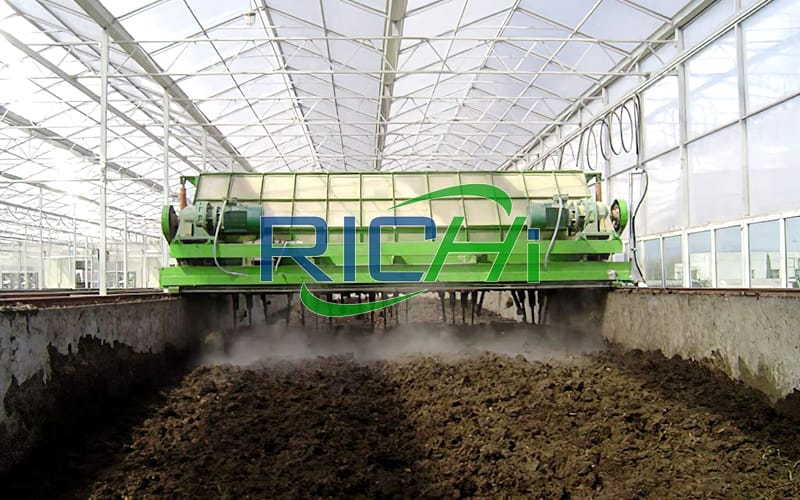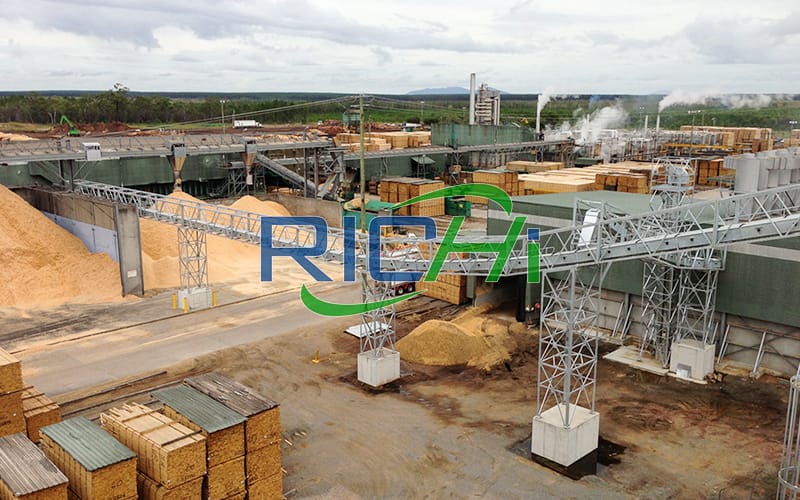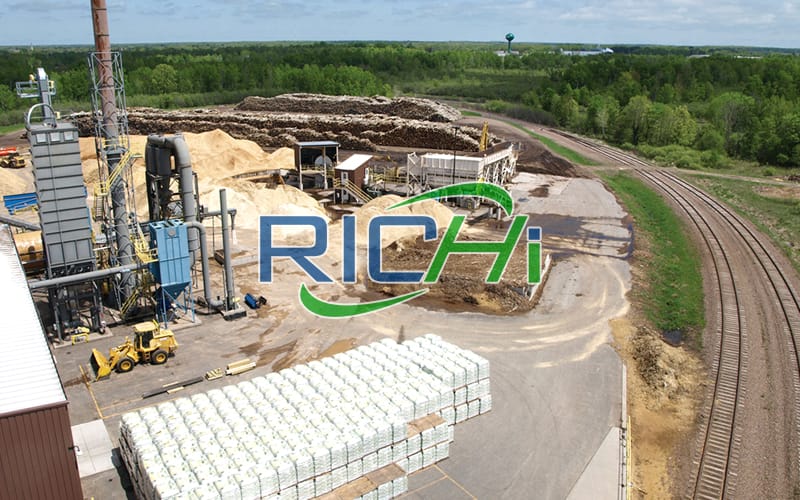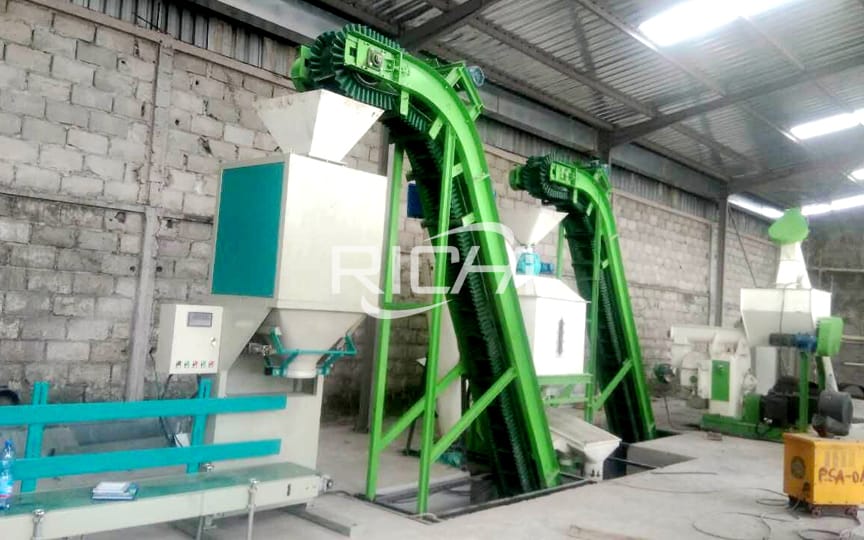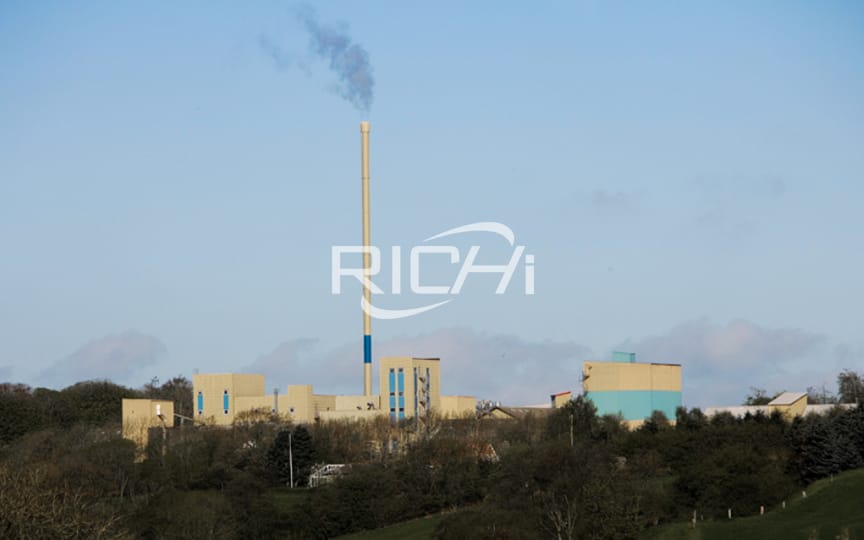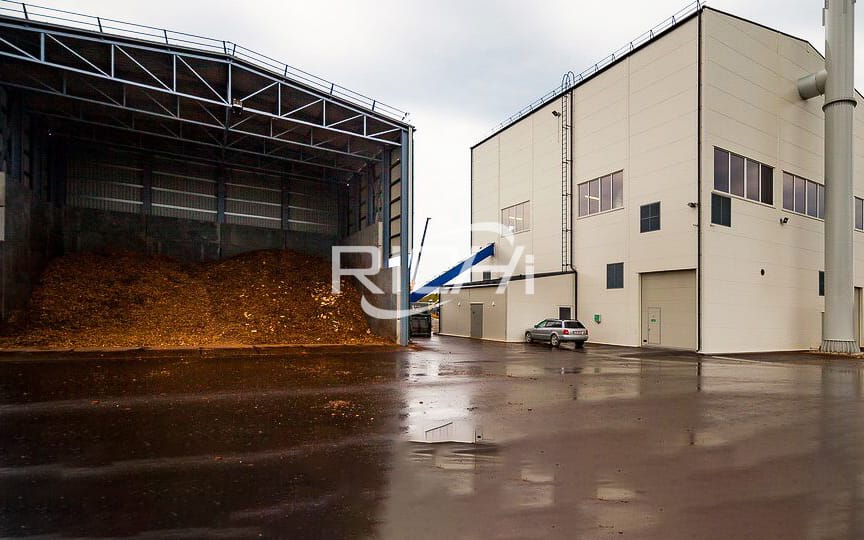
Global Success Stories in Biomass Pellet Mill Plant
Discover how our solutions are transforming biomass pellet production worldwide
At RICHI Machinery, we have successfully supplied biomass pellet lines to our clients across the globe, helping them increase their biomass pellet production capacity in various industries. RICHI biomass pellet solutions are designed to meet the specific pelletizing needs of a wide range of biomass and organic raw materials such as wood waste and agricultural waste. Explore a variety of commercial biomass pellet production success stories and learn how our expertise and cutting-edge technology are shaping the future of animal feed production in multiple countries!

